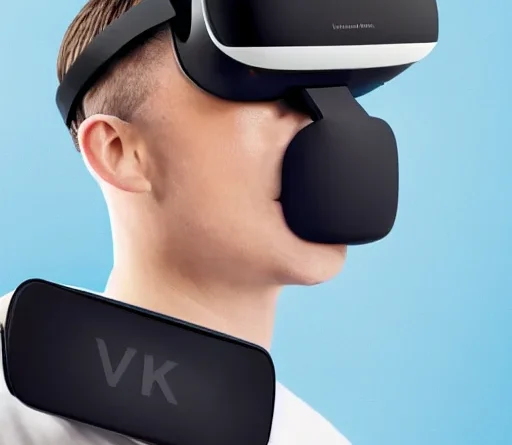Virtual Reality (VR): Enhancing Experiences and Applications
Virtual Reality (VR) technology has seen a remarkable evolution, transitioning from a niche gaming accessory to a versatile tool across numerous sectors. This report explores how VR integrates with broader technological landscapes, focusing on its recent applications, advancements, and future prospects.
Applications in Sports
Training and Simulation: VR has revolutionized sports training by providing immersive, repeatable scenarios for athletes to practice. For instance, the NBA uses VR to simulate game situations, allowing players to train their decision-making and shooting under virtual pressure. Strivr Labs’ partnership with the NFL provides players with virtual drills to improve cognitive skills.
Fan Engagement: VR brings fans closer to the action, offering 360-degree views of games or events, as seen with Fox Sports’ VR broadcasts. This not only enhances the viewing experience but also allows for virtual attendance at sports events, crucial during times when physical attendance is limited.

Healthcare and Therapy
Medical Training: VR offers a safe environment for medical students and professionals to practice surgeries, diagnostics, or patient interactions. Companies like Osso VR provide surgical training modules that mimic real-life procedures, enhancing skill acquisition without risk to patients.
Mental Health: VR therapy for anxiety, PTSD, or phobias uses controlled environments to expose patients gradually to their fears. The application of VR in cognitive behavioral therapy has shown promising results in managing these conditions.
Education and Training
Educational Immersion: From virtual field trips to complex scientific visualizations, VR in education makes learning interactive. Google Expeditions and platforms like Labster allow students to explore environments or conduct experiments virtually, enhancing comprehension through experience.
Corporate Training: VR is used for training in high-risk or high-cost scenarios, like flight simulators for pilots or safety training in industrial settings. It reduces the cost and risk associated with traditional training methods.
Entertainment and Gaming
Immersive Gaming: VR games provide unparalleled immersion, with titles like “Half-Life: Alyx” setting new standards for narrative and interaction in gaming. The industry is also exploring VR’s potential in eSports and multiplayer experiences.
Beyond Gaming: VR extends into entertainment with virtual concerts, escape rooms, or even art galleries, creating new forms of social interaction and cultural experiences.
Technological Advancements
Hardware Evolution: VR headsets have become lighter, more comfortable, and equipped with better resolution and field of view. Standalone devices like the Oculus Quest 2 remove the need for external sensors or powerful PCs, increasing accessibility.
Software and Content: There’s a growing ecosystem of VR content, supported by tools like Unity and Unreal Engine for developers to create rich, interactive environments.
Challenges and Considerations
Health Concerns: Prolonged VR use can lead to motion sickness, eye strain, or even psychological effects like disorientation. Continuous research into VR ergonomics and health implications is necessary.
Privacy and Security: As VR captures more detailed data about user movements and behaviors, ensuring privacy and protecting against data misuse is a growing concern.
Accessibility: Despite advancements, the cost of VR setups and the need for space can limit widespread adoption.
Future Directions
Integration with Other Technologies: The convergence of VR with AR (Augmented Reality) and MR (Mixed Reality) is leading towards more seamless and interactive experiences. This could be pivotal in areas like remote work, collaborative design, or even social interaction in a post-physical world.
AI and Machine Learning: AI can enhance VR by creating more responsive and adaptive environments, personalizing experiences, or even predicting user behavior for better interaction. Virtual Reality (VR): Enhancing Experiences and Applications ~ VR technology is at a pivotal point, expanding its influence from entertainment to critical applications in sports, healthcare, education, and beyond. As the technology matures, addressing the challenges of health, privacy, and accessibility will be key to unlocking VR’s full potential. With ongoing technological advancements, VR is set to redefine our interaction with digital environments, making the virtual world an integral part of our daily lives.

